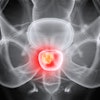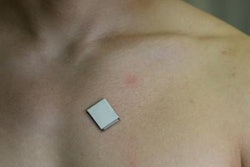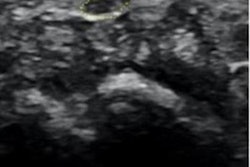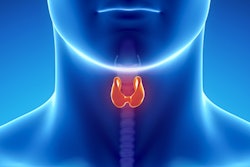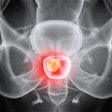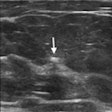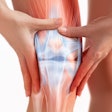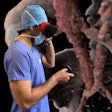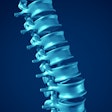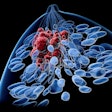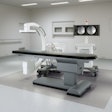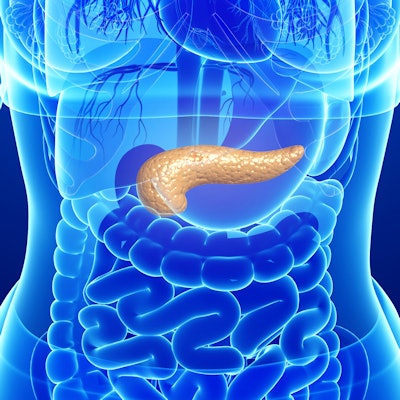
Making fewer to-and-fro movements may be just fine for endoscopic ultrasound-guided fine-needle biopsy (EUS-FNB) for solid pancreatic tumors, a study published January 24 in Gastrointestinal Endoscopy found.
A team led by Dr. Kosuke Takahashi from Nagasaki University in Japan discovered that using three to-and-fro movements is comparable to 12 such movements at each puncture pass, and results in significantly less blood contamination among sampled tissues.
"Less blood contamination in the sample may facilitate specimen processing and may reduce the pathologists' burden," Takahashi and colleagues wrote.
It's usually recommended that between 10 and 20 to-and-fro movements take place within a lesion during fine-needle aspiration. However, more recent research suggests that fewer movements can produce similar results.
Along with that, a novel endoscopic ultrasound-guided needle with three symmetrical heels, called Franseen needle, is gaining ground among clinicians. The authors wrote that this is because it can obtain histopathological samples using a normal-sized, 22-gauge needle. (However, the usual 10 to 20 to-and-fro movements are still recommended for this method.)
In their study, Takahashi and colleagues hypothesized that as few as three movements are needed to obtain sufficient samples. They conducted a multicenter, randomized control trial that compared the diagnostic yield of EUS-FNB with three to-and-fro movements to that of 12 to-and-fro movements in pancreatic tumors.
The trial included 110 patients with a total of 220 punctures. The punctures were evenly split between the three- and 12-movement groups. Out of the total, 105 patients (210 punctures) had malignant histology.
The team found that the three-movement method performed just as well as the 12-movement method, including comparable sensitivity and diagnostic accuracy.
| Comparison between 3- and 12 to-and-fro movement methods in obtaining samples | ||
| Measure | 12-movement | 3-movement |
| Sensitivity | 89.5% | 88.6% |
| Accuracy | 94.6% | 92.7% |
| Median macroscopically visible core length | 13.5 mm | 13.5 mm |
The researchers also looked at macroscopic visual quality for both groups, evaluating the quality of samples taken using a five-point scale (a grade of 1 translates to 50% or more of the sample loaded onto a slide is occupied by a red blood component, while a grade of 5 is white tissue only, which is what pathologists want to see when analyzing sample tissues).
The team found that the three-movement group had a significantly higher macroscopic visual quality score of 3 or above than the 12-movement group (71.8% vs. 52.7%, p = 0.009).
Takahashi and co-authors suggested that less blood contamination owing to fewer to-and-fro movements offers advantages, such as less burden on pathologists.
"Furthermore, fewer to-and-fro [movements] can reduce the procedure time and the risk of blood leakage from the puncture site," they concluded.




